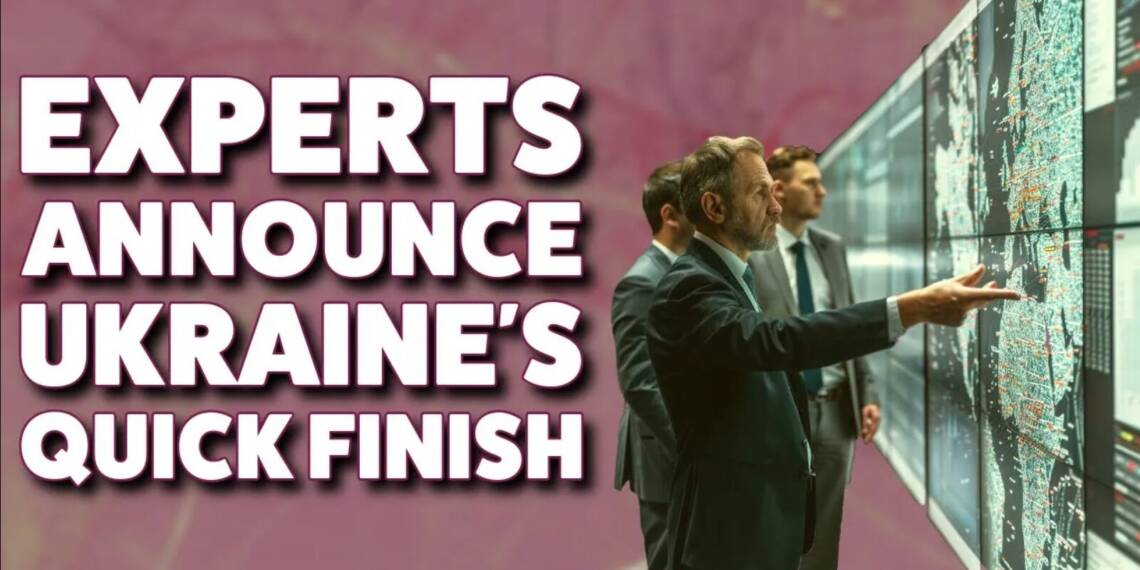The US House Speaker’s sudden advocacy for the Ukrainian aid package was based on a so called fully informed assessment that Russia will attack rest of NATO post Ukraine. This was a lie.
NATO Secretary-General Jens Stoltenberg grudgingly acknowledged that the avoidance of NATO expansion was a critical condition from the Russian perspective, which was ultimately not met, leading to the current conflict. This positions the war as a defensive rather than expansionist move by Putin, intended to keep NATO away from Russian borders rather than as a steppingstone towards broader European domination.
And then there is the more important question – What is the effectiveness of the $61 billion aid to Ukraine. The aid falls short in several critical areas—it does not adequately finance Ukraine’s needs, fails to deliver essential weapons promptly, does not support troop deployments, and ultimately, will not ensure Ukraine’s military victory.
Thus, while the passage of the aid package marks a decisive action by the U.S. government, it also encapsulates the complexities and contentious debates surrounding international aid, the motivations of global powers, and the realistic outcomes of such significant financial interventions. This scenario requires not just immediate responses but also a nuanced understanding of the geopolitical landscape and the real capabilities and intentions of involved parties.
Despite the United States Congress approving a $61 billion aid package for Ukraine, significant skepticism surrounds its potential to decisively influence the ongoing conflict with Russia. Nicolai Petro, Professor of Political Science and author, expressed to The American Conservative that this financial commitment, while substantial, falls drastically short of the actual needs identified by military experts. Indeed, the dismissed head of the Ukrainian armed forces, Valery Zaluzhny, once estimated that $350-400 billion would be required to fully liberate Ukraine—a figure starkly highlighting the insufficiency of the current aid.
Moreover, even assuming that the financial resources were adequate, logistical and production limitations severely constrain the practical delivery of military support. Retired U.S. Army Colonel Daniel Davis emphasized the disconnect between the funding and the availability of crucial military hardware like artillery shells and interceptor missiles, citing the current production rates as a bottleneck that cannot be quickly resolved. This challenge is compounded by the logistical difficulties in delivering such weapons to Ukraine promptly. Retired U.S. Air Force Colonel Bruce Slawter noted that replenishing Ukraine’s arsenal could take a year or more, potentially rendering the aid too late to counteract any imminent Russian military initiatives.
The situation is further aggravated by manpower shortages. Despite potential increases in military hardware, a close aide to President Zelensky highlighted to TIME magazine the critical issue of insufficient personnel to effectively utilize these resources. This stark manpower deficit, exacerbated by casualties, underscores the limitations of material aid in altering the strategic balance on the ground.
Critics of the aid package argue that its primary effect will be to prolong the conflict rather than to lead to a strategic breakthrough. According to Anatol Lieven, Director of the Eurasia Program at the Quincy Institute, the best outcome that could be expected from such financial support is the maintenance of current defensive positions by Ukraine, without any realistic prospect of reclaiming lost territories. The strength of Russian defenses and the disparities in ammunition and troop numbers render any significant Ukrainian offensive unlikely.
Adding to the chorus of skepticism, Alexander Hill, a professor of military history, and Geoffrey Roberts, professor emeritus of history, both shared a pessimistic view on the aid’s impact. They believe that while the aid package will extend the duration of the conflict, it is unlikely to prevent the loss of more Ukrainian lives and territory, thereby questioning the strategic value and humanitarian impact of such assistance.








